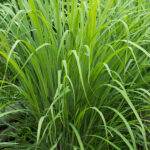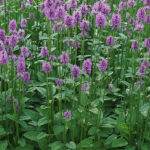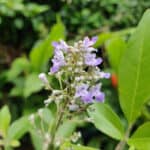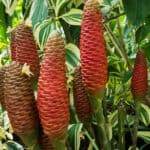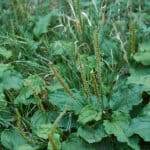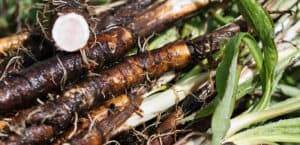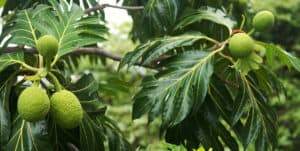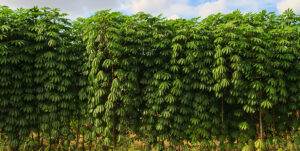Vetiver; A Versatile Grass Gaining Global Popularity!
Vetiver has a growing global appreciation. However, did you know that this versatile grass has been an integral part of Tropical Asia for ages, especially India?
Chrysopogon zizanioides, commonly known as Vetiver or Khus is a perennial grass. It belongs to the Poaceae family, the same as bamboo, lemongrass and citronella. It is native to India, Pakistan, Thailand and Sri Lanka.
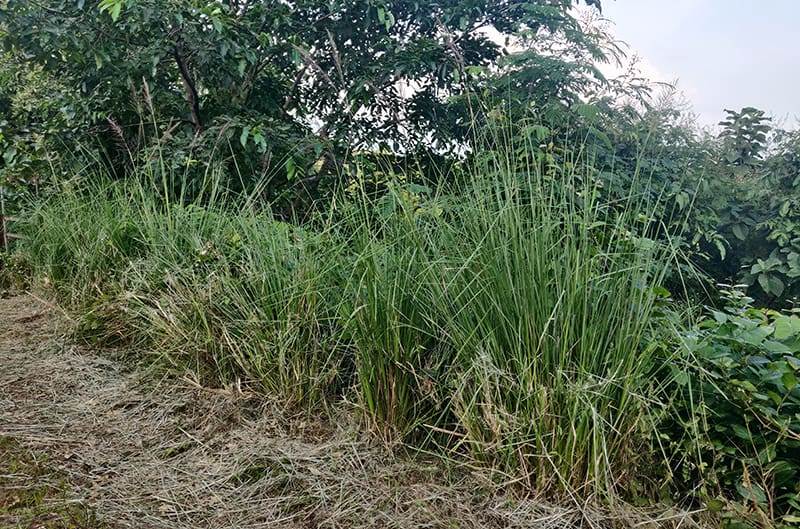
Before getting familiar with the common English name, growing up, I knew Vetiver as ‘Vala’ (a local Marathi name). It has been an integral part of our life. Its fragrance feels nostalgic as it has been an important cooling agent in our homes and communities. With the growing trend and availability of air conditioners and commercial food-grade cooling agents, the usage of vetiver has gone down tremendously.
This article is an attempt to bring back vetiver’s applications and document the stacking functions of this miracle grass as I revisit the memories.
Vetiver Grass Basics
Vetiver grows in bunches or clumps. Each clump can reach a diameter of 3 -5 feet and can achieve a height of 5-7 ft. The leaves are thin, and the stem is erect and rigid.


The flowers grow on long spikes and are brown in color. The major highlight of the grass is its roots that grow more than 10 ft deep, even more, if left undisturbed, depending on the soil and growing conditions.
The roots are fragrant and consist of essential oils, making them the most used part of the grass.
Tales of Traditional Vetiver Wisdom
In India, traditional farming techniques include vetiver contours which help prevent soil erosion in hilly regions.
These contours also act as barriers helping collect organic matter, and the soil backfill eventually becomes available for growing plants. This method is used for creating terraces on slopes full of humus-rich soils.
Vetiver is also planted along the fence or berms to help prevent erosion by rain or heavy monsoon streams. It can be spotted in heavy rainfall regions, where at times, it is combined with soil-stabilizing structures to strengthen the edges.
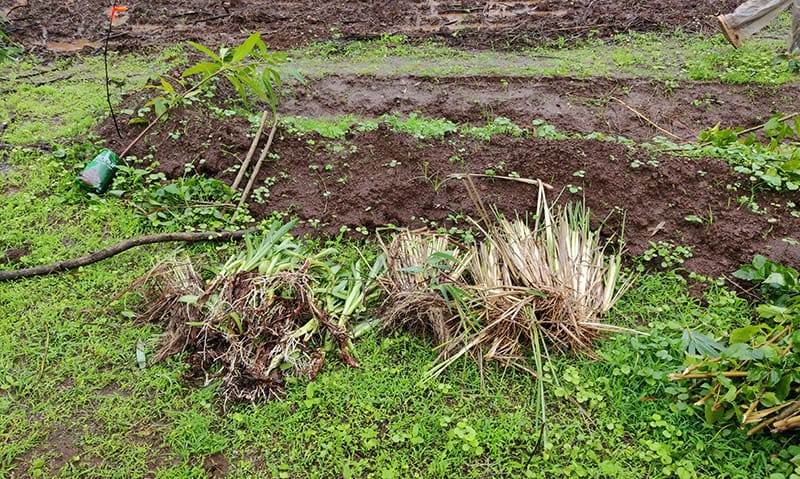
Vetiver root hats are excellent for summer, they can be sprayed with little water for an extra cooling effect and as soon as you spray, you can smell the amazing fragrance!
Vetiver root curtains have been used for cooling down the hot air during summers, they are sprayed with water which helps condition the hot air passing through it, cooling it down as it moves inside the house. They also help block the hot afternoon sun and reflected light, creating a blackout effect.
It’s said that smell takes us back, almost like time travel and that’s exactly how I relate to Vetiver, a slight hint of it, a summer breeze and I can travel back to my childhood days when summers carried a light fragrance, arising from the cooler.
This is because traditional coolers, also known as desert coolers, basically work on the principle of evaporation by taking in hot air, conditioning it with the help of a moist curtain, and releasing it out.

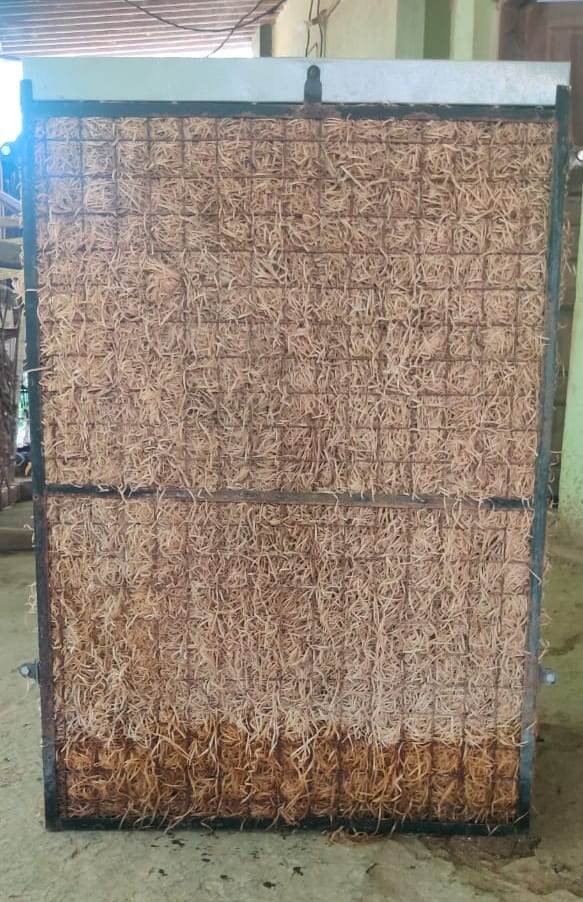
The curtain of this cooler is made of vetiver root, and thus the cool conditioned air carries a slight fragrance of vetiver.
Looking back, I can say that it was therapeutic as well, relevant now as vetiver is used in aromatherapy for relieving stress, nervousness, insomnia, muscle pain, and more.
Traditional Applications of Vetiver in India
Vetiver is well known for its various cooling qualities and is included in diet and handicrafts as a cooling agent during material, it is a savior from the tropical summer heat!
A few strands of vetiver roots are placed in wardrobes or corners of the house along with camphor as a natural air freshener. It also helps repel pests.
The Roots are immersed in drinking water pots during summers to prepare infused water as vetiver helps get rid of excess body heat. It is an amazing summer cooler and thus is processed into syrups as well, which are available throughout India in a sweet sugary form.
One can make Vetiver infused water in bottles as well, just add some vetiver roots to your bottle and let it sit for a couple of hours after which you can have this water. It tastes a bit earthy and woody with an amazing aroma.
These cooling properties also nourish the skin by preventing acne, heat boils, pimples, and other inflammation.
Vetiver-infused water is used for bathing as well as antiseptic and anti-inflammatory properties to help clean hair and scalp, reduce the occurrence of dandruff and treat skin rashes.
Vetiver oil is applied while treating wounds due to its antiseptic properties.
Vetiver roots are used for making body scrubs or loofahs, their texture offers great exfoliating for the skin.

The Many Benefits and Uses of Vetiver Grass
Vetiver is gaining popularity in the regenerative community and for all the right reasons!

Prevents Soil Erosion
It is drought-resistant, with a good spread to cover ground and deep roots which makes it an excellent solution for soil conservation, dry land restoration and reducing/ preventing soil erosion.
Adapts to Soil Conditions
It can withstand a wide range of soil pH (3.3 – 12.5) and salinity as well making it suitable for diverse soil types.
Prevents Compaction & Builds Soil
It grows long leaves when chopped and mulched, helping build topsoil by enabling the growth of bacteria and fungi. The roots below the ground, help to hold the soil together and create air pockets in compacted soils which further helps build subsoil by creating a favorable environment for the soil food web.
Amazing Companion Crop
Vetiver is intercropped with fruit trees and on the bunds of fields for building soils and to help reduce the dependence on fertilizers. It offers a profitable way to utilize space and resources.
Climate Resiliency
Once established, it is tolerant to hot and dry temperatures and waterlogging, making it suitable to include in flood-prone zones and ultimately unpredictable climatic conditions ranging from frost, prolonged floods or drought periods.
Frost Tolerant
It can withstand freezing temperatures up to some extent. The growth is limited however it can make it through frost.
Helps Decontaminate Soil & Water
It has proven to tolerate contaminated water and soil conditions and can absorb heavy metals, further helping restore and treat toxic waste sites and landfills.
Pest Resistant
It is not prone to pests and can tolerate major pest attacks.
Living Fence & Hedge
The vetiver is planted across the fence as a live fence or to grow privacy hedges due to its ability to grow tall and dense.
Fire Resistance
When green, vetiver resists fire up to some extent and thus can act as a firebreak if well irrigated. The clumps are very dense, fire has difficulty penetrating through them making the fire slow down and reducing the spread and impact.
When dry and if burnt, the grass can still regrow from the shoots and establish itself quickly.
Livestock Fodder
Vetiver leaves are used as fodder for livestock and it produces large quantities of biomass.
Supports Local Artisans
All of the parts have diverse uses, ranging from medicinal, and toiletries to handcraft goods and biodegradable products.
The roots are most fragrant and have cooling properties, they are harvested, dried and woven to make baskets and other products like mats, curtains, hats, and baskets.
Aromatic Oils
The oils extracted from roots have a deep, earthy and woody fragrance which are great natural and safe substitutes for artificial fragrances.
It has been actively included in Permaculture Designs, especially for slopes and dry lands.
Empowers & Support Marginal Communities
It can also help support marginal communities as vetiver doesn’t need much energy inputs for growth and can be processed locally for extracting oils and making byproducts.
The leaves can be woven to create small handicraft products as well, in fact, there’s a vetiver micro-enterprise from Kerala, India, run by local women who have started growing and harvesting various parts of the grass to make products as an attempt to empower and help themselves and to tackle the climate crisis as well. You can read more about this interesting project here.
This makes vetiver a suitable solution that can cater to various aspects of obtaining yield and conservation of landscapes, basically one element, multiple functions.
Propagating and Caring for Vetiver
Vetiver seeds are not viable and thus it need to be propagated by division only.
You can source vetiver slips from a nursery. Thanks to growing popularity, it is readily available and can be found by contacting your nearest supplier. If someone that you know is growing it, ask for a slip!
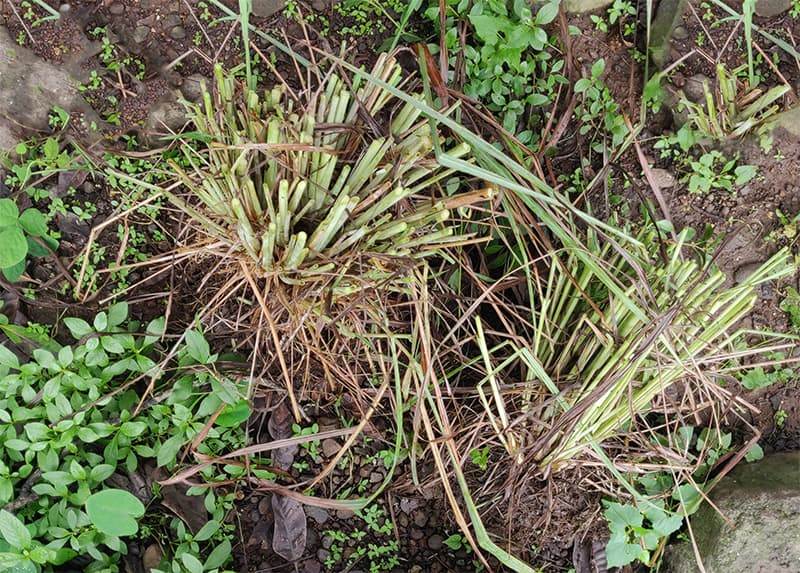
The propagation is done by pruning the leaves and then digging out the clumps post which you need to separate as individual slips and plant them as per your requirement.
During planting, the minimum distance between 2 slips can be 2 to 5 ft. Vetiver has fast-growing fibrous roots that can reach great depths after one year.
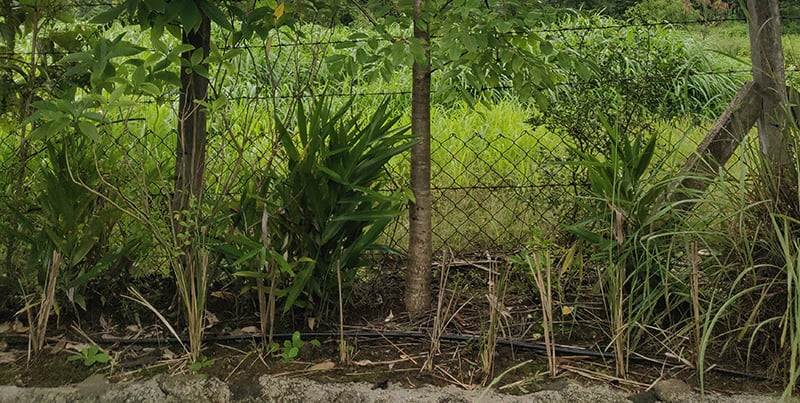
Monsoon is the best period for propagation as it saves the energy inputs related to irrigation. For the initial 4 to 6 months, you need to water the slips regularly in order to help them establish.
Once established, you can irrigate only when they seem to turn brown, rest in can do away with it. Vetiver thrives in full sun and almost all soil types, thus feel free to propagate and place them as per your desired functions.
Vetiver’s Regenerative Future
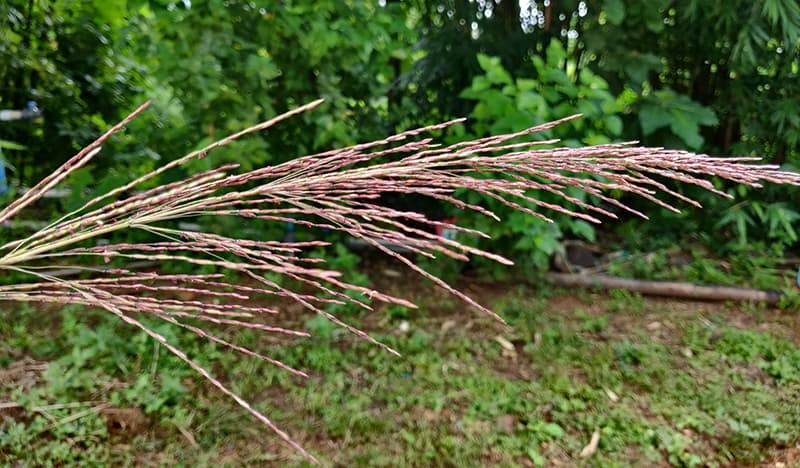
Well, now we know why vetiver has gained growing popularity amongst the regenerative community throughout the world. The endless possibilities of the regenerative future vetiver promises, along with the support of age-old wisdom, is promising and worth diving into!
We hope this article encourages you to find your own creative ways of using vetiver to help restore soil and communities.











